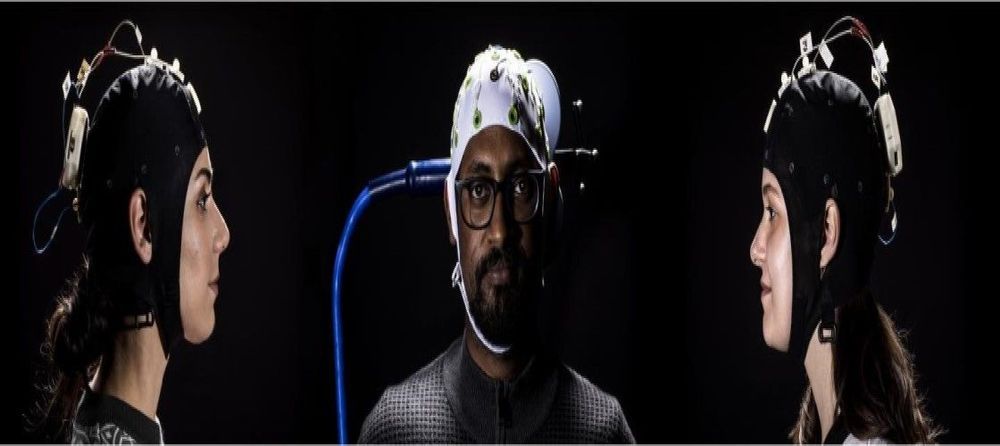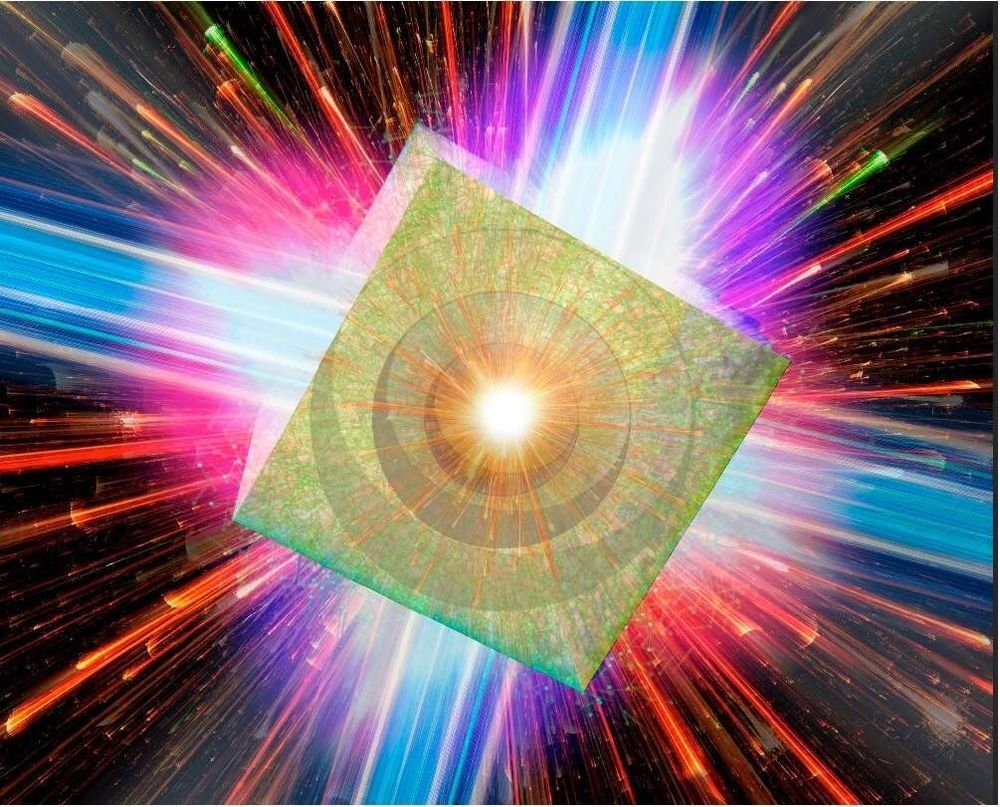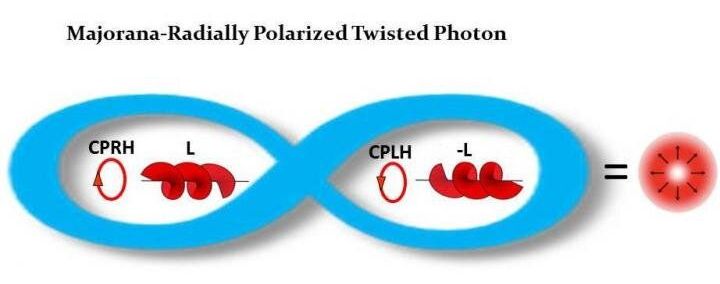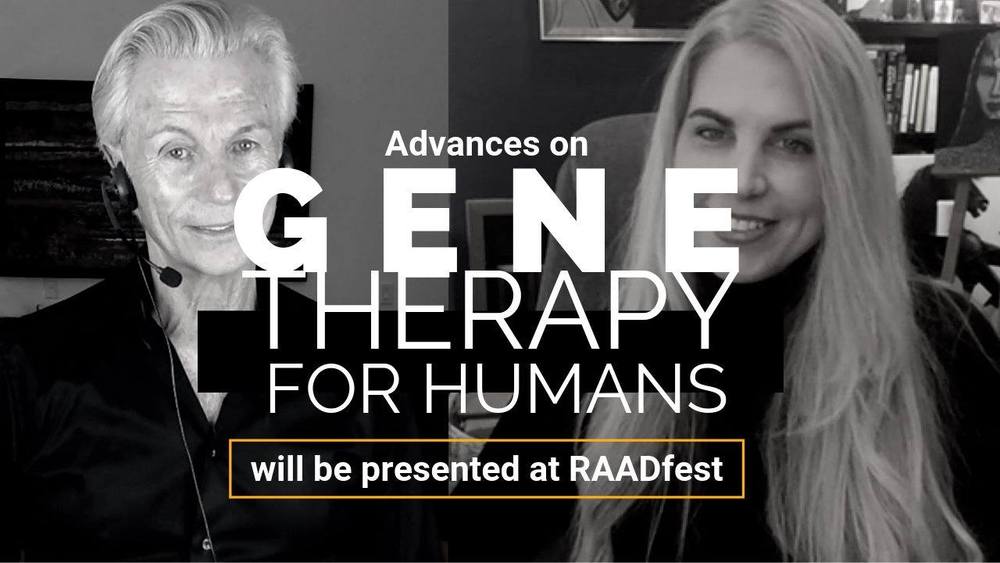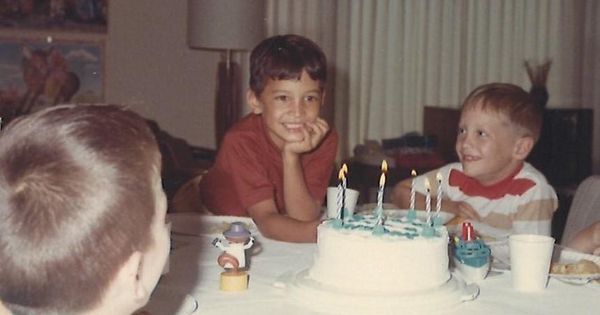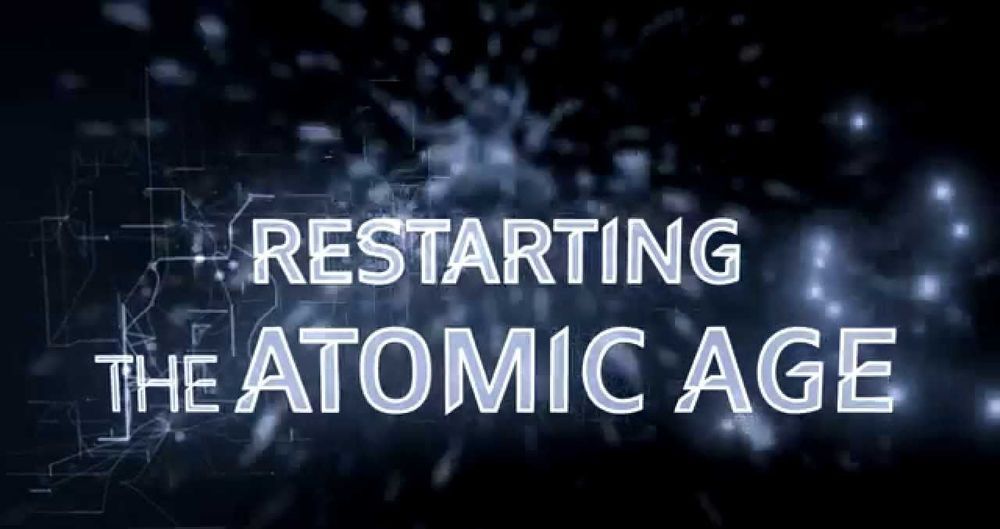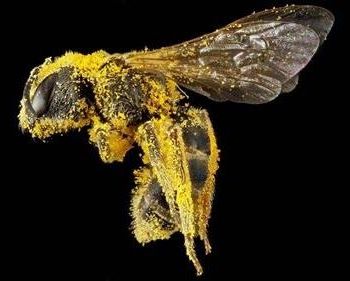Jul 19, 2019
It’s Coming: Brain-to-Brain Interface for Inviting People into Your Mind
Posted by Fyodor Rouge in categories: computing, humor, neuroscience
“Get Out of My Head!”
For now, the phrase “Get out of my head,” is a lighthearted joke uttered when someone shares the same thought as a friend or colleague. But thanks to research in telepathic communications and computer technology by a team from the University of Washington, it could become a literal directive in the future.
Or, perhaps you’ll want to invite someone into your mind to help you solve a tricky problem. After all, two (or three) heads are better than one.
